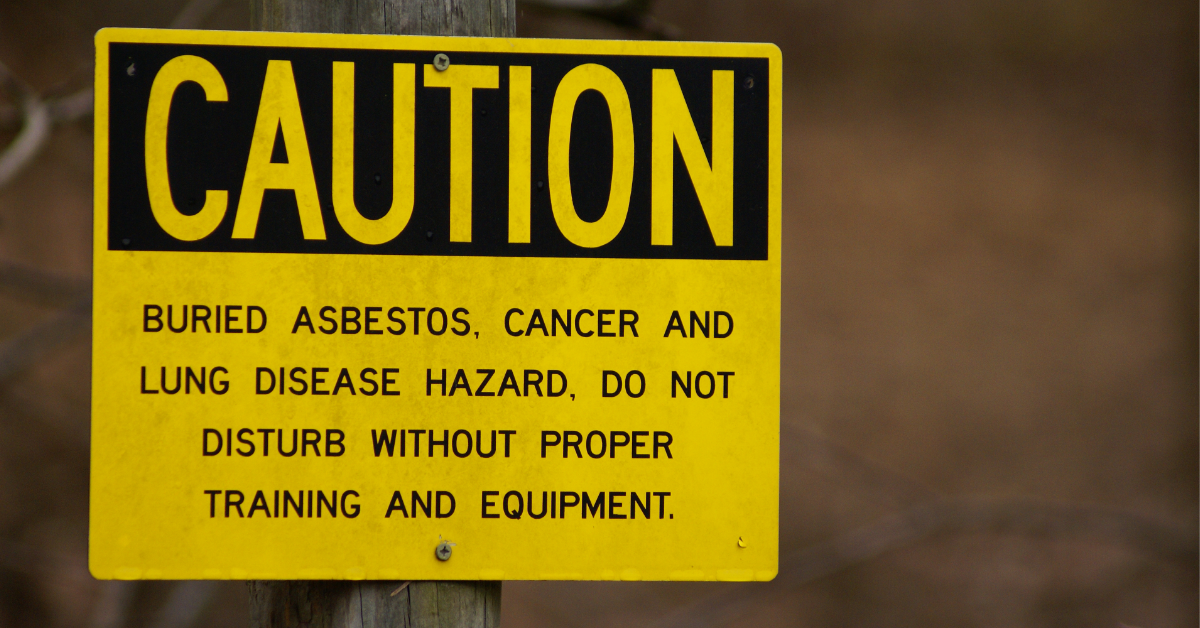Last month, partners in asbestos litigation including the Asbestos Disease Awareness Organization (ADAO), Safer Chemicals Healthy Families, the American Public Health Association, and four other public health organizations reached settlements with the U.S. Environmental Protection Agency (EPA) in two cases that will have far-reaching impacts on the way the EPA regulates asbestos. While many Americans assume that our government is already protecting us from asbestos, it has not. This deadly fiber takes the lives of 40,000 U.S. residents each year.
Together, the two settlements will ensure that EPA’s risk evaluation of asbestos under the Toxic Substances Control Act (TSCA) is comprehensive, protects public health, and is completed without further delay. EPA agreed to expand its planned “part 2” asbestos risk evaluation to address the deficiencies in “part 1” by looking at all of the six asbestos fiber types, where they had previously looked at only one. They will examine a range of cancer and non-cancer health hazards, and address “any known, intended, or reasonably foreseen conditions of use” of asbestos that were omitted from the earlier evaluations. The second settlement requires EPA to carry out its obligation to evaluate the risks of “legacy” asbestos found in millions of buildings and in consumer products across the U.S. by December 1, 2024. The more realistic evaluations will lead to steps to address asbestos that better protect public health in the future.
Long time coming in the struggle to protect Americans from asbestos
These settlements have been a long time coming. In fact, when Safer Chemicals Healthy Families and our coalition partners began talking with members of Congress and their staffs about the need to reform U.S. chemical policy more than a dozen years ago, the “lightbulb moment” happened in many meetings when we explained how EPA tried for years without success to regulate asbestos under the 1976 Toxic Substances Control Act (TSCA).
Because of the extreme and notorious toxicity of asbestos and the number of people who die each year from asbestos-related diseases, many were shocked when we told them that asbestos had not yet been banned. Asbestos can be found in the insulation, plaster, and floor tiles in our homes, our kids’ schools, and in our workplaces. It is being hauled out of buildings that are being torn down and rebuilt in towns and cities across the country.
We filed a lawsuit in 2017 when it became clear that the Trump EPA was not going to meet its responsibilities under the 2016 reforms to TSCA to consider all “conditions of use” in its evaluation of asbestos, including manufacture, use, storage, and disposal. Even though the court agreed with us, the EPA issued a final risk evaluation of asbestos in January 2021 that disregarded “legacy” uses. While the agency promised to produce a second part of the evaluation that would comply with the court’s ruling, they never committed to a deadline. Last month’s settlement agreement includes an enforceable schedule that commits EPA to complete a full assessment by the end of 2024.
Asbestos fighters won’t give up until we’re all protected
It is worth noting that the settlements were filed with the court on Andy Igrejas’s 51st birthday. At the late founding director of Safer Chemicals Healthy Families’ last public speech in 2017, Andy accepted ADAO’s Tribute of Inspiration award on our behalf, saying that we were the ones who should honor ADAO and the families they represent who had lost loved ones to asbestos-related diseases and turned their grief into activism.
These settlements are a tribute to the tenacity of partners like ADAO who refuse to give up the fight to protect our families and communities from asbestos. Thank goodness for them because the fight is far from over.
We look forward to EPA filling the gaping holes in its earlier asbestos evaluation and will keep advocating for strong action on the unacceptable danger we all face from its use in our families’ homes, our kids’ schools, and in workplaces across the country.





